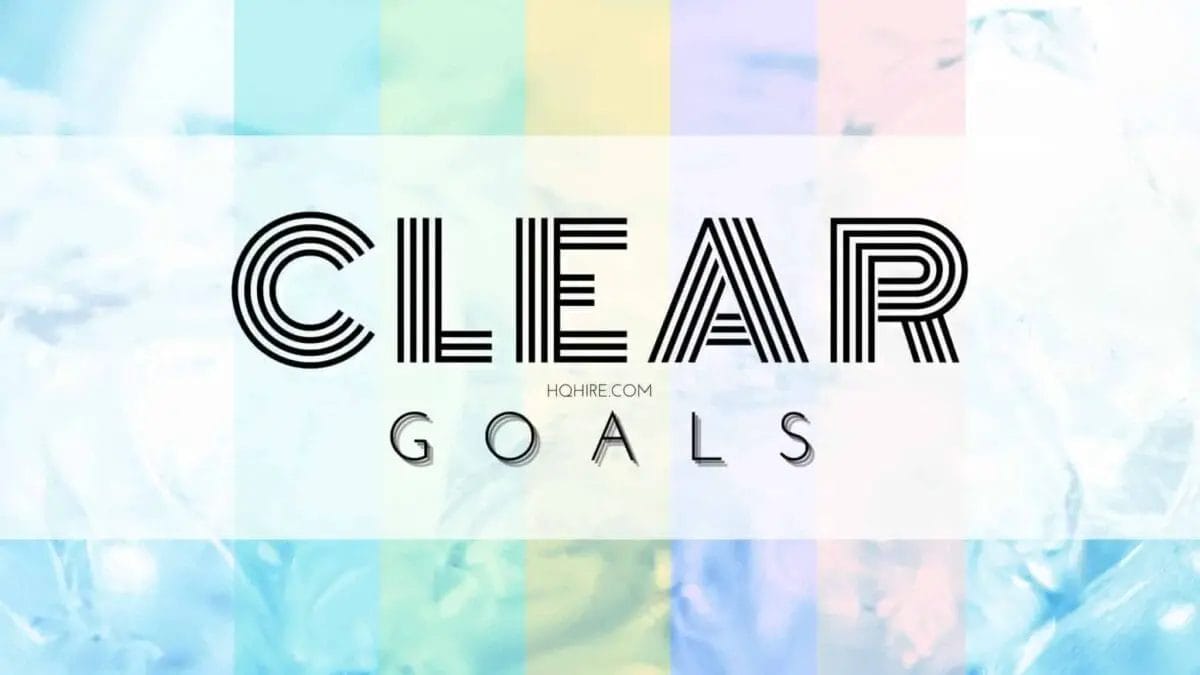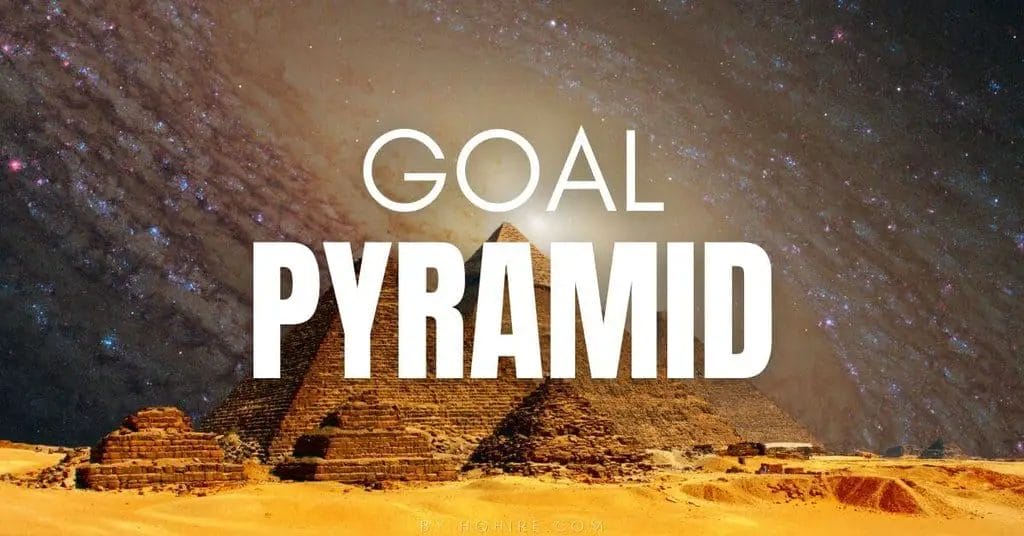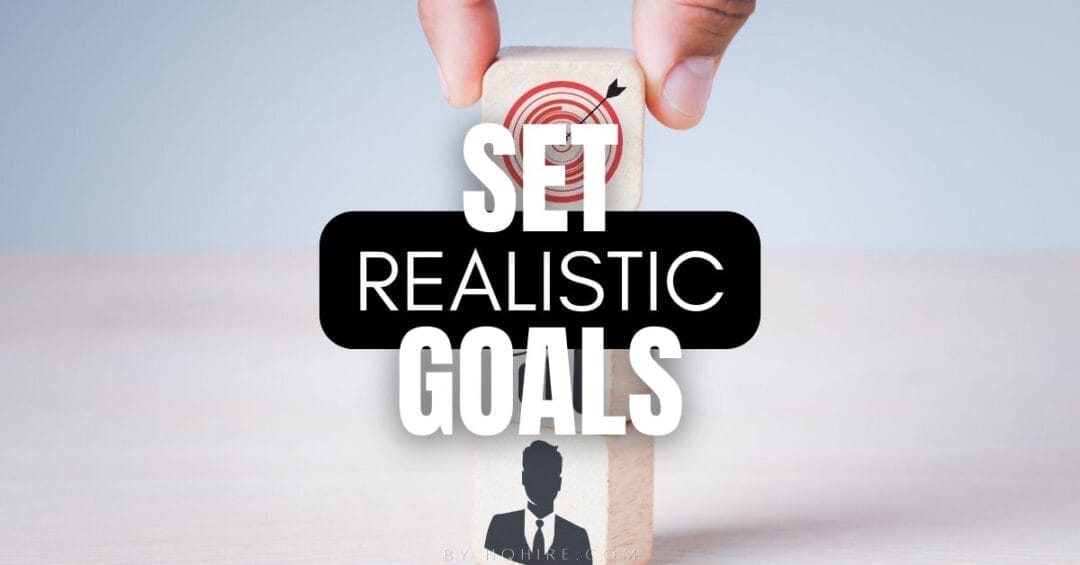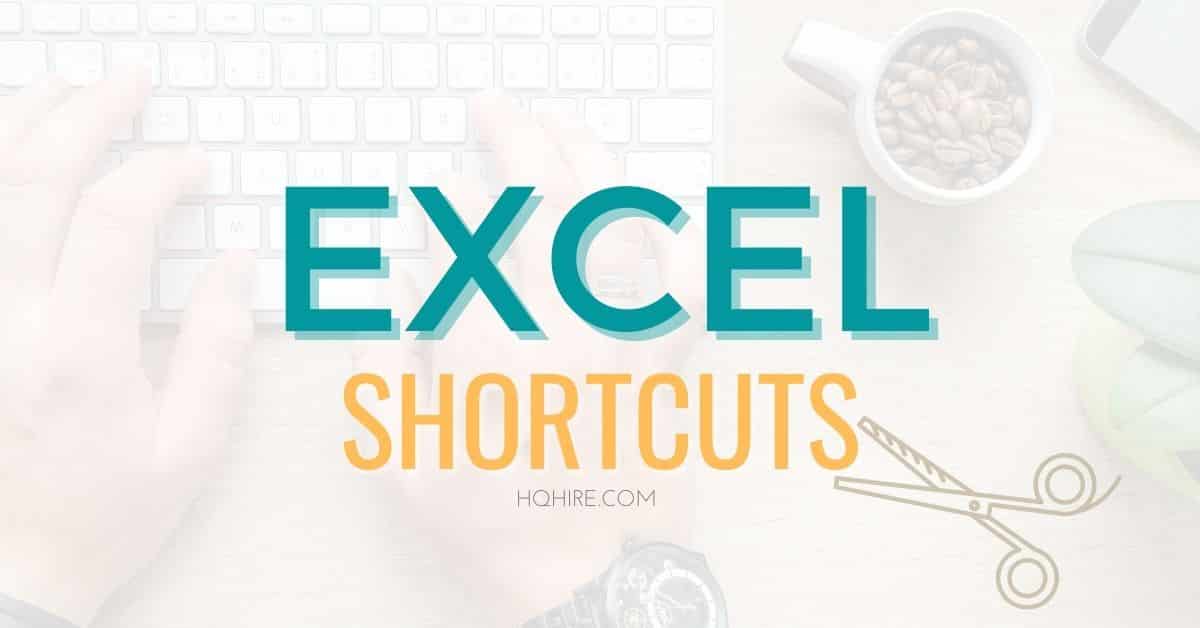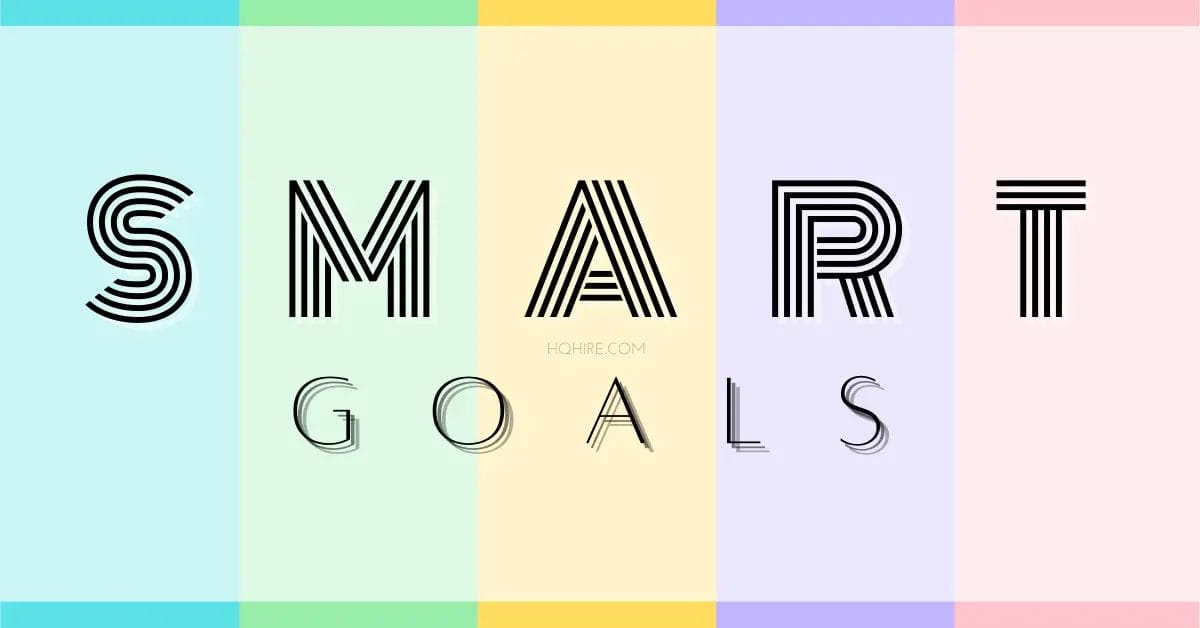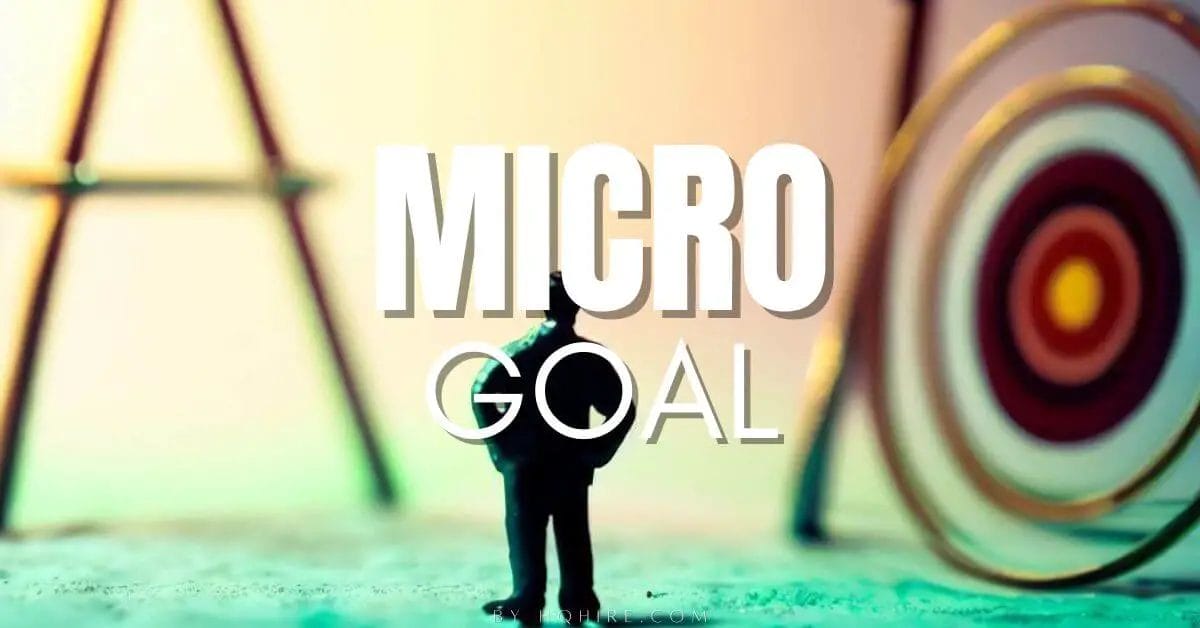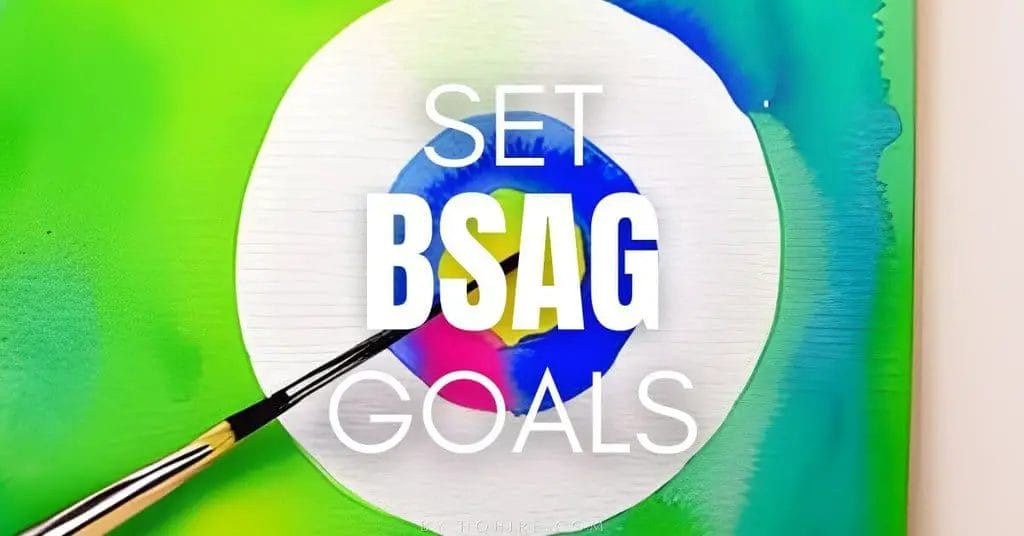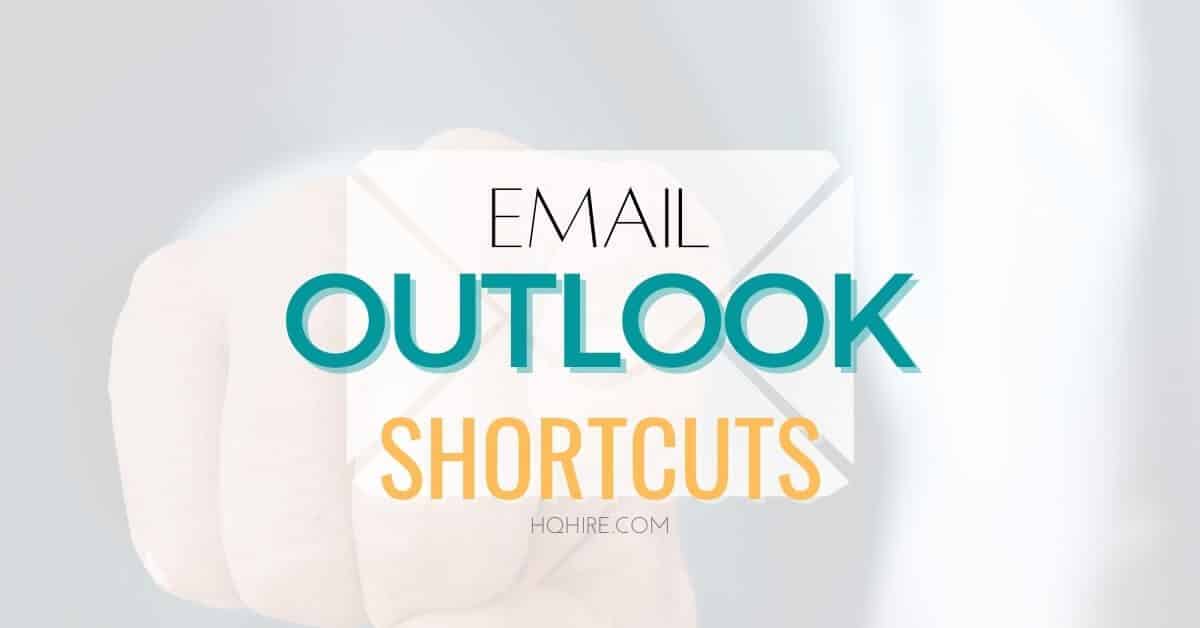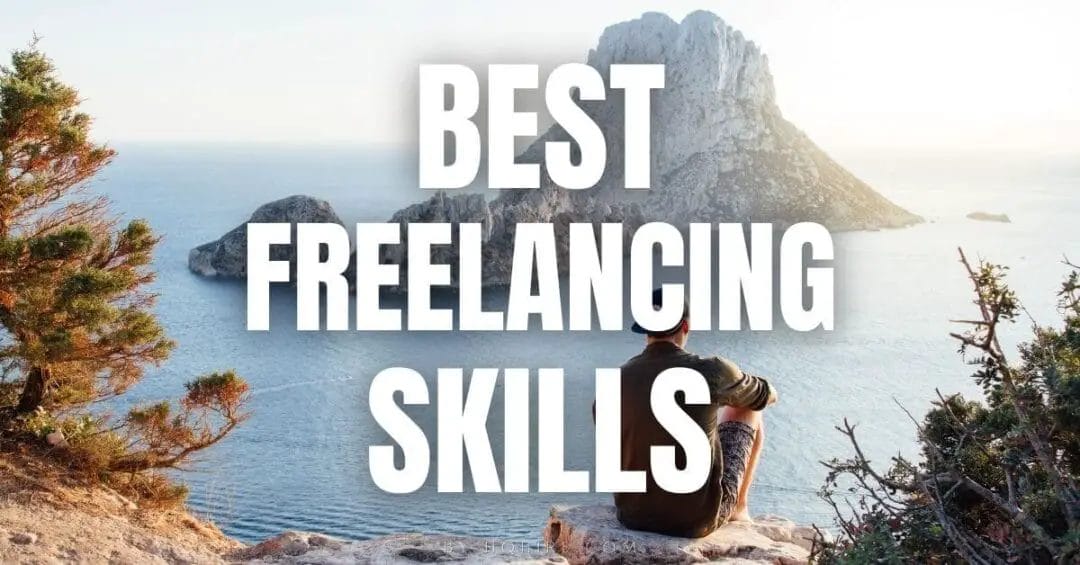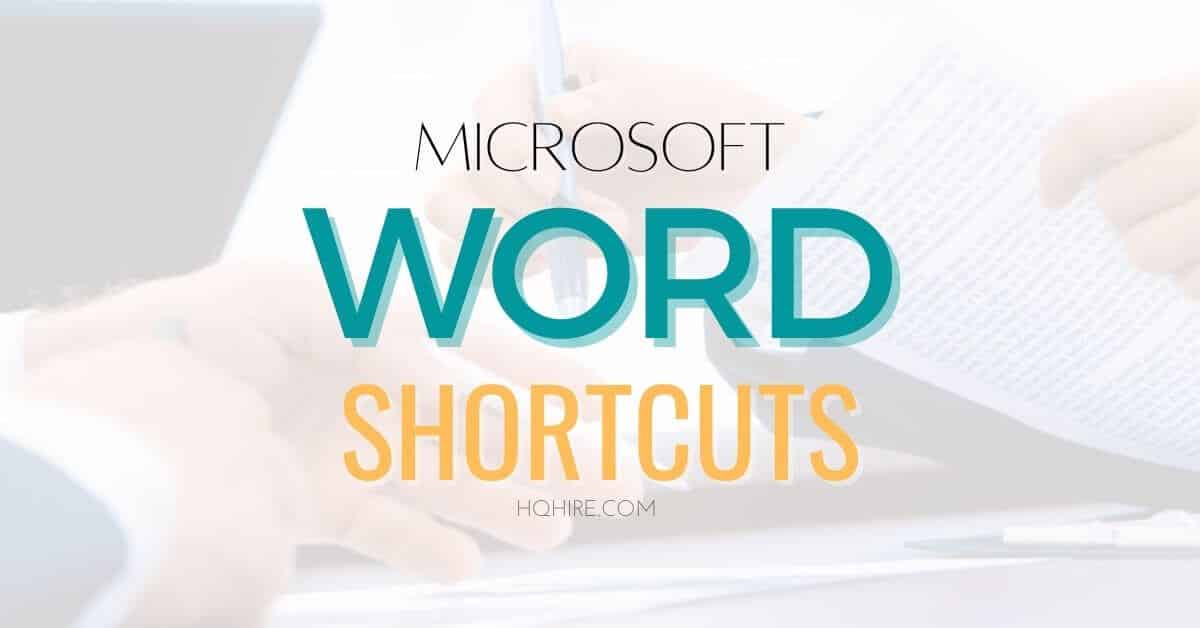The Future Is Now
The future is now. We are now in the midst of the next industrial revolution where we make fantasy into realities, bending the laws of reality with our imagination, and changing traditional work into a new way of life.
Creating the future
Ultimate Guide to Hoshin Kanri (Policy Deployment) Strategic Planning (Step Guide)
Is Your Manager a Boss or a Leader? 7 Key Difference of Boss vs Leader
12 Main Types of Online Learning Offered Today
What is Democratic Leadership and Will it Work for You?
How to Write FAST Goals, Powerful Alternative to SMART Goals?
10 Basic Types of Leadership Styles and How to Find Your Own
How To Learn A New Language Fast (Complete Guide)
How to Set CLEAR Goals and Achieve Them (Best SMART Goal Alternatives)
How To Use Goal Pyramid For Effective Goal Setting (Ultimate Guide)
How to Set Realistic Goals At Work And Achieve Them (Ultimate Guide)
Top 100+ Best Microsoft Excel Shortcut Keys (Excel 2013 to MS Office 365)
3 Minutes Rule of Productivity | 10X Your Productivity Now
+21 Best Types of Goal Setting Techniques (Succeeding at Work)
WOOP Goal Setting to Set Goals and Achieve Your Goals (With Example)
How to Write SMART Goals The Right Way (Easy Step-By-Step Guide)
25 Benefits of Online Learning Over Classroom Learning
Micro Goals: Power of Small Steps Towards Big Goals, Achieving Your Macro Goal
Big Hairy Audacious Goals (BHAG) Simple Guide to Setting and Achieving BHAG Goals
Empathetic Leadership Style Can Change Your Future (Here’s Why)
Management By Objectives (MBO) Goal Setting Model (Examples and Templates)
Powerful Microsoft Office Shortcut Keys List (Common Keyboard Shortcuts)
100+ Best Outlook Keyboard Shortcuts List (Powerful Email Tips)
11 Best In-Demand Freelance Skills To Learn (Updated)
100+ Best Microsoft Word Document Shortcut Keys List (Ultimate Guide)
How to Use OGSM Framework to Set Goals (Ultimate Guide with Examples)
Hard Goals Method: SMART Goals Outdated? Start Setting and Achieving Difficult Goals
Pomodoro Technique: Time Management Method to Boost Your Productivity
OKR Framework: Ultimate Guide to Achieving Key Result & Goals (with Templates + Examples)
With Goals, PACT Goals Beat SMART
100+ Best PowerPoint Shortcut Keys List (Create and Deliver Powerful Presentation)
Ever evolving and ever-changing, we humans have evolved in the past millions of years, creating a future that our pre-ancestors can never hope to imagine.
Like humans evolves from forming small groups into a tribe, from small communities into a town, and from cities into countries.
Jobs have evolved in the different ages of human evolution and have taken different forms to meet the survival and prosperity of the people.
Hundreds of jobs become obsolete, but thousands more are created.
“A job is only valued, if the society desires.”
A.C., Founder of HQHIRE
Jobs have also taken different forms during the different ages of human evolution.
- Stone age: The job is assigned by your gender, physical fitness, and age, and your job contributes to the survival of your tribe.
- Copper age: Job is determined by your family lineage, and birth rights, which your job contributed to the survival of the community.
- Iron age: Job is acquired through training or apprenticeship, your job is specialized and contributes to the larger community.
- First industrial revolution: Jobs are acquired through on-the-job training, and education becomes available. Processes became mechanized and products were manufactured for the first time. People become the gears of evolution pushing human evolution into the modern era.
- Second industrial revolution: Communities get connected with the discovery of electricity, gas, and oil. Jobs are acquired through formal education and training. Mass production and traveling a long distance become possible. People become experts in their craft pushing technological inventions to a whole new level.
- Third industrial revolution: Automation and digitization with the use of computers and electronics become common practice. The invention of the internet creates rapid advancement in the means of sharing, generating, and processing information. People become the co-operator of machines, creating new jobs and possibilities that is not possible with only humans.
- Fourth industrial revolution: Enhanced automation and digitization blur the boundaries between the physical, virtual, and biological worlds. Advanced artificial intelligence (AI), the Internet of Things (IoT), robotics, genetic engineering, and quantum computing, make it possible for new investors and simple processes to be performed without human intervention. People have become the regulators and inspectors of machines and breaking the boundaries of the physical world into the virtual world.
Today, jobs are acquired through, training and education, formal or informal. Stepping into the boundaries of the physical world and evolving from our old traditional thinking. Changes made to the few ears of work;
- Creating a new work structure.
- Creating a new way of work.
- Creating new work realities.
Let’s take a look at how the future is now!








